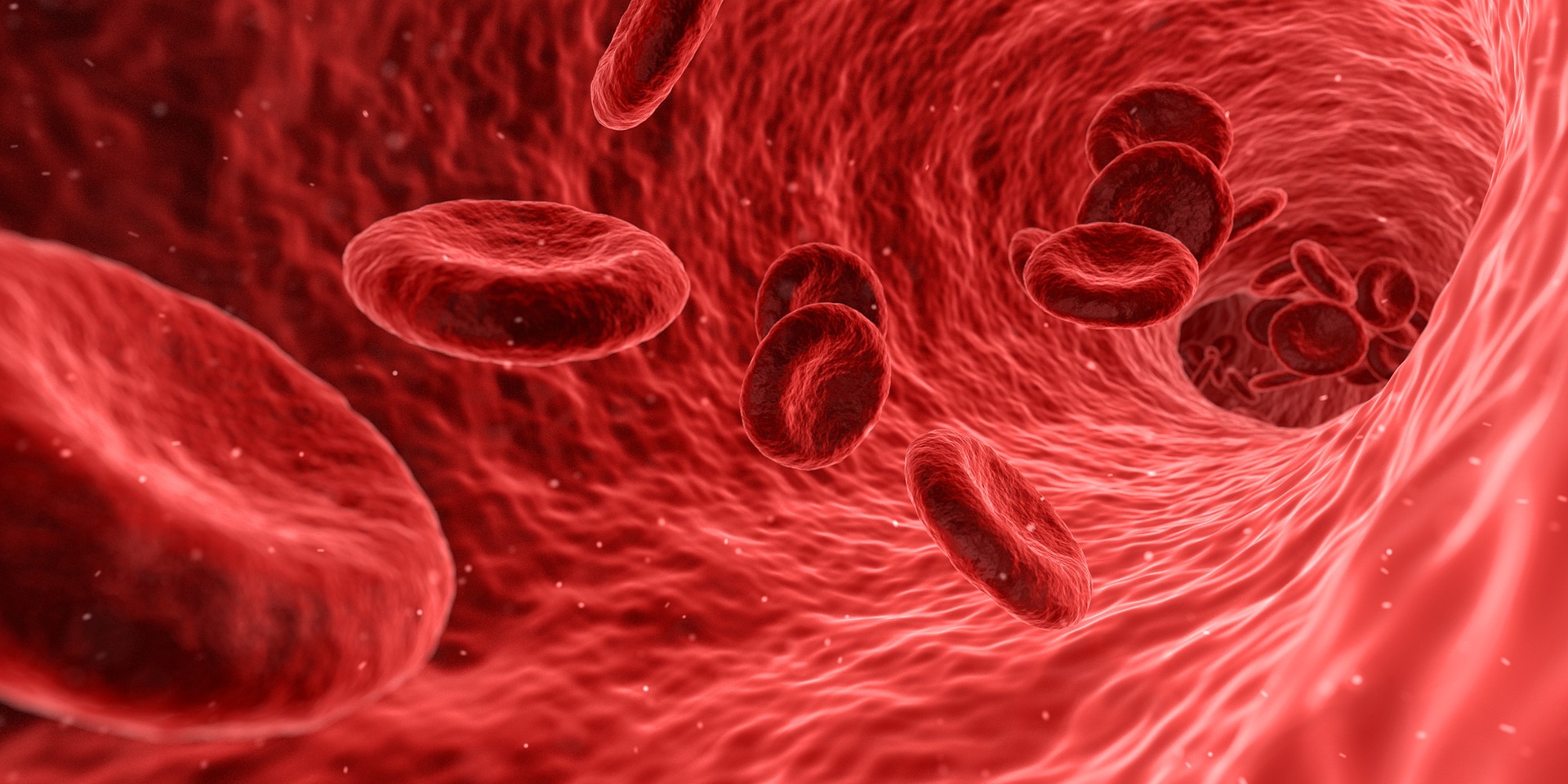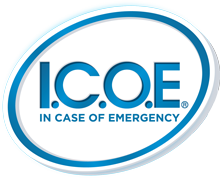
Signs of a Heart Attack or Stroke?
As February, heart attack awareness month, has quickly come and gone, learn more in the last installment of my 3 part series on heart attacks. Strokes and heart attacks are very different yet similar.
Difference Between Stroke and Heart Attack
According to Columbia Neurology, heart attack and stroke are two different medical problems. Both conditions are vascular events involving the arteries and can lead to disability and death.
When blood flow to part of the heart is blocked it’s a heart attack. The heart muscle begins to die without oxygenated blood. This usually happens because of a blood clot. Check out the previous blog on signs of heart attack in men and signs of heart attack in women for more information.
When blood flow to the brain is blocked, it’s a “brain attack” or stroke. A blood clot can be the cause of the stroke. Time is critical with a stroke. “Time lost is brain lost” so it’s important to act quickly if you recognize the symptoms.
A “mini-stroke” also known as a TIA (transient ischemic attack) is another major risk
 factor. TIAs produce the same symptoms as a stroke but don’t cause lasting damage. Someone who has had 1or more TIAs is almost 10x more likely to have a stroke according to the American Stroke Association. So a TIA is a medical emergency that needs immediate attention.
factor. TIAs produce the same symptoms as a stroke but don’t cause lasting damage. Someone who has had 1or more TIAs is almost 10x more likely to have a stroke according to the American Stroke Association. So a TIA is a medical emergency that needs immediate attention.
What is the 3rd Leading Cause of Death in the U.S.?
Strokes have become the 3rd leading cause of death in the USA. In order to prevent more from happening, here are some acronyms to have on hand.
Remember F.A.S.T. to recognize signs of a stroke:
F – Facial Droop
A – Arm Weakness
S – Speech Difficulty
T – Time to call 911
There are several other signs in my previous blog on stroke symptoms but the American Stroke Association uses the shorter version.
Drive to the ER or Call an Ambulance?
If you drive to the ER, you likely will drive like a crazy person as I have done. But it’s much better to call 911 and let EMS begin treatment as soon as they arrive. They can perform many vital functions in their truck that gets communicated to the ER upon your arrival. And you don’t have to worry about causing an accident on your drive to the ER.
Stroke Prevention
To think about prevention, you have to know the risks. According to Columbia Neurology, these are the risk factors:
- Smoking

- High blood pressure
- High cholesterol
- Diabetes
- Sedentary lifestyle
- Obesity
- Family history
- Atrial fibrillation (abnormal heart rhythm)
- Previous TIA (transient ischemic attack)
We can all take an active role in addressing the above risk factors but there are some predispositions you should be aware of.
Gender and Race Predispositions
Gender. Men tend to have more heart attacks, and have them at an earlier age, than women. But, while more men have strokes than women, women in all age groups are more likely to die from stroke.
Race. African-Americans have higher rates of CAD and more severe high blood pressure than whites. Coronary artery disease is also more prominent in Mexican-Americans, American Indians, Alaska Natives, and Pacific Islanders, in part because of higher rates of obesity and diabetes, two other common risk factors for both heart attack and stroke.
For additional information check out Heart attack and stroke differences from Inova Heart & Vascular. If you’ve had any of these medical emergencies, be sure to wear your medical alert bracelet to give EMT’s an idea of your condition.

Until Next Time!
About the Author: Michele Redmon is the owner of I.C.O.E. Bracelets. She loves the peace of mind these bracelets provide to parents, grandparents and children. With customer service a priority, she loves talking to her customers so drop her a line at mailto:mredmon@icoebracelets.com.

